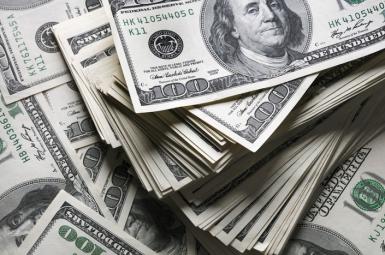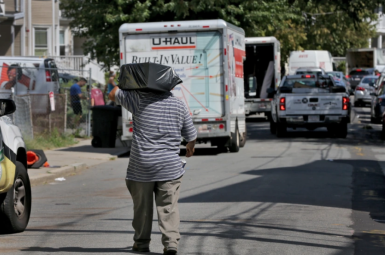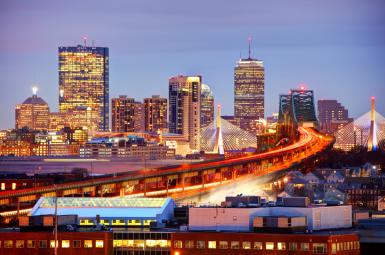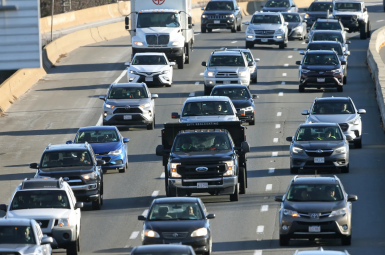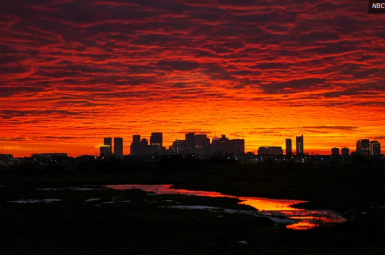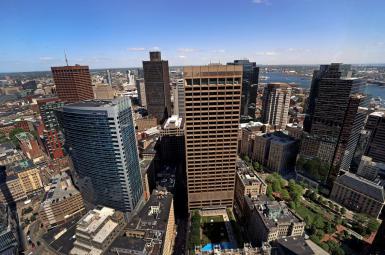As cities like Boston continue to navigate changes in urban economies resulting from the ongoing pandemic recovery, a new report from the Massachusetts Taxpayers Foundation (MTF) details the challenges and opportunities that lie ahead. Urban Economies on the Precipice: A Tale of Six Cities examines six major cities with similar profiles that drive regional economies – Boston, Chicago, New York, Philadelphia, San Francisco, and Washington, D.C. – to detail the changes and make recommendations to inform Massachusetts about which polices may work and on what schedule.
Over the last two years, the federal government has made unprecedented investments in transportation, climate resiliency, and economic development infrastructure through three pieces of legislation: the Infrastructure Investment and Jobs Act (IIJA), the Inflation Reduction Act (IRA), and the Creating Helpful Incentives to Produce Semiconductors Act (CHIPS). Combined, these three bills include over $2 trillion in spending, nearly half of which will be made available to states through competitive grant programs and formula allocations over the next five to ten years.
The Massachusetts Taxpayers Foundation report said U.S. Census Bureau data shows Suffolk and Middlesex County residents left at the highest rates. And 2021 tax returns for 2020 showed residents aged 26 to 35 were the largest group leaving, according to the foundation.
Analysts can have discussions over what the drivers of outmigration are, said Massachusetts Taxpayers Foundation President Doug Howgate, but data shows the state has lost population.
Massachusetts is hemorrhaging people. In fact, it’s seeing the highest outmigration numbers in the last 30 years, according to a new report from the Massachusetts Taxpayers Foundation. A net 110,000 people moved out of the Bay State over roughly the first two years of the pandemic within the United States, most of them between the ages of 26 and 35.
2021 tax returns showed nearly 38,000 Massachusetts residents between the age of 26 and 35 moved out of the state in 2020.
"You expect to see 26- to 35-year-olds move in and out a lot," said Massachusetts Taxpayers Foundation President Doug Howgate. "But the fact that it's the biggest loss sector ... that's a concern for that long-term workforce pipeline."
That kind of loss in the labor force impacts the state's ability to support its economy, he said.
Driving the news: The report from the Massachusetts Taxpayers Foundation found that a long-term decline in births and an aging population is also shrinking the Massachusetts workforce.
- Plus, remote workers don't want to live in such a high-cost area if they don't have to.
- And when commuters do need to get to work, they are met with poor roads and an aging train system.
The Massachusetts Taxpayers Foundation found that more than 110,900 people left the state between April 2020 and July 2022. And some of the trends pushing residents out of Massachusetts might sound all too familiar to those still here.
Massachusetts had the lowest rental vacancy rate in the U.S. in 2022 and the second-highest median rents, Boston features the second-highest traffic delay times in the nation, and the state recently posted its highest outmigration numbers in 30 years, according to the Massachusetts Taxpayers Foundation.
But I like its latest report — a package of charts — because it highlights the full range of challenges facing the state. Here are some of the data points I found noteworthy.
On housing costs:
Doug Howgate, president of the Massachusetts Taxpayers Foundation, said Thursday that several implementation questions left unresolved by the ballot question “must be answered soon or the state will exacerbate negative behavioral impacts of the surtax,” including tax avoidance and taxpayers moving out of state.

